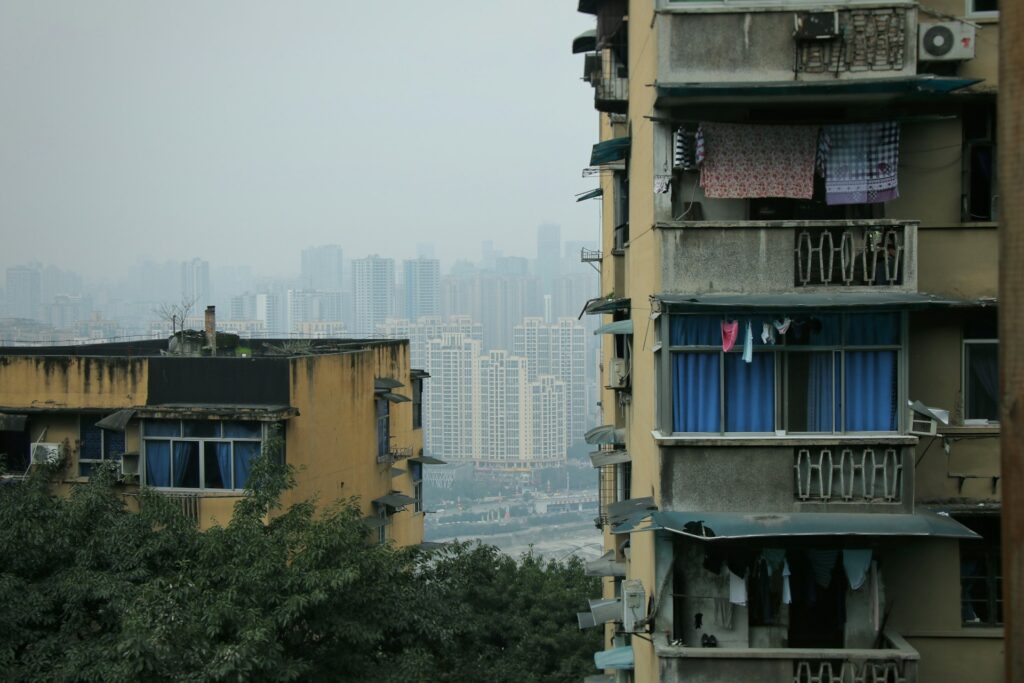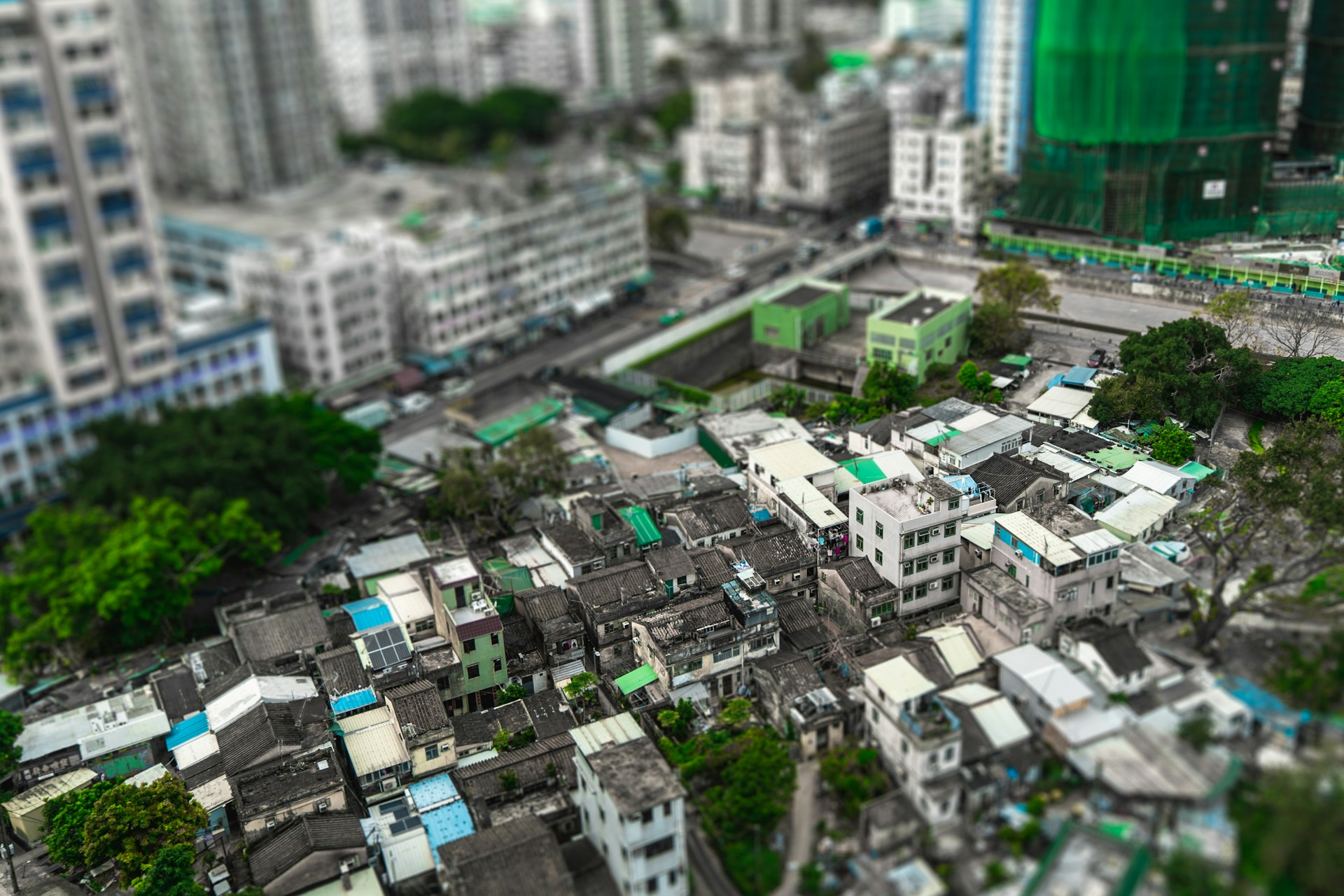Urban Policies to Combat Air Pollution
City-wide pollution stands as one of the most critical environmental problems across metropolitan areas throughout the world.
A combination of fast industrial expansion and rising vehicle exhaust and forest clearance has resulted in major air quality deterioration that produces health problems among the public while generating climate change effects.
The solution for this present crisis requires cities to develop effective urban policies which will decrease pollution levels and build healthier living spaces.
The blog investigates urban air pollution origins alongside government policy climate alongside green strategies to clean up the air.
Causes of Urban Air Pollution
Many elements produce urban air pollution which stems from industrial operations besides transportation and energy consumption activities.
The key contributors include:
1. Vehicular Emissions
Vehicle exhaust becomes the leading contaminant which produces urban air pollution in cities.
Molecular combustion of fossil fuels leads to dangerous air contaminants which include carbon monoxide (CO) together with nitrogen oxides (NOx) and two specific particle-sized pollutants known as PM2.5 and PM10.
Rising values of private vehicles along with heavier traffic events create worse pollution levels that result in smog development.
2. Industrial Pollution
The toxic release from factories and power plants includes sulfur dioxide (SO₂) volatile organic compounds (VOCs) together with heavy metals.
Urgent pollution controls are needed in industrial zones because their imperfect emission regulations greatly increase urban air pollution levels.
3. Construction and Demolition Activities
Buildings under construction as well as road repairs and demolition projects in the area contribute to higher concentrations of airborne particles throughout the environment.
When dust control procedures fail to exist such activities lead to air quality deterioration.
4. Waste Burning and Biomass Combustion
The practice of outdoor waste and biomass burning which people use for heating and cooking functions as a major source of air pollution in numerous urban locations especially across developing territories.
Black carbon joins other toxic gases in the atmosphere to cause contaminated air quality.
5. Deforestation and Loss of Green Spaces
Urban expansion usually results in deforestation because trees become unable to clean air and provide fresh oxygen.
The absence of green areas enhances airborne pollutions’ intensity.
Government Policies to Combat Urban Air Pollution
World governments establish policies that aim to manage air contamination along with quality enhancement programs.
Several policies deliver the most prominent results among all other types of interventions.
1. Implementation of Emission Standards and Low-Emission Zones (LEZs)
Government authorities set tough emission standards across their vehicle and industrial sectors which help minimize pollution levels.
Low-Emission Zones (LEZs) create urban admission restrictions for vehicles based on their pollution levels that mandate using cleaner modes of transportation.
Several cities now use congestion pricing as a traffic reduction strategy to minimize emissions from vehicles.
2. Promotion of Public Transportation and Green Mobility
The implementation of efficient green public transit systems decreases populations’ need to rely on individual vehicles.
The implementation of electric buses alongside metro systems and cycling infrastructure helps cut down pollution rates generated by vehicles.
The cities of Amsterdam along with Copenhagen achieved their pollution reduction goals through bicycle-friendly policies in place.
3. Adoption of Clean Energy Sources
Integrated renewable energy systems consisting of solar power and wind power and hydropower lower atmospheric pollution released by facilities using fossil fuels.
The government offers financial and non-financial supports to promote the adoption of pollution-free energy options among industries and homes.
4. Strengthening Industrial Regulations
Governments apply demanding emission standards to industrial operations aside from motivating industries to transition toward using cleaner production solutions.
Industrial facilities must use air filtration equipment in their operations together with proper sustainable waste disposal procedures.
5. Urban Green Initiatives
More and more cities across the world have started green urban landscaping programs which include:
- The establishment of additional tree plantations within urban environments acts to capture harmful pollutants.
- Civic authorities should implement vertical garden infrastructure along with green rooftop systems.
- The establishment of urban parks together with green corridors functions to enhance air quality in these areas.

Sustainable Solutions for Long-Term Air Pollution Control
The long-term solutions demand government policies together with community participation and technological innovations and new approaches.
Some effective strategies include:
1. Smart City Technologies and Air Quality Monitoring
Smart cities implement real-time air quality monitoring through combinations of IoT sensors merged with AI data analytical systems.
Real-time pollution data helps governments together with citizens to launch fast interventions against active pollution areas.
2. Waste Management and Circular Economy Practices
The reduction of waste production combined with recycling programs can substantially minimize fresh waste burning which stands as a crucial urban air pollution source.
Industrial circular economy practices enable business operations and reduce both waste and emissions while promoting material reuse.
3. Electric Vehicles (EVs) and Clean Transport Infrastructure
Providing electric vehicles (EVs) alongside charging infrastructure networks enables substantial reductions in vehicle emissions.
Tax breaks along with subsidies act as public incentives to enhance the affordability of electric vehicles.
4. Community Participation and Awareness Campaigns
Educational public campaigns teach residents different methods to prevent air pollution through information dissemination.
These prevention strategies include:
- Reducing personal vehicle usage.
- Participating in tree-planting programs.
- Using eco-friendly products while simultaneously abstaining from waste burning.
5. International Collaboration and Climate Action
To properly address air pollution nations must collaborate at the international level.
Countries need to collaborate for establishing carbon targets and exchanging development solutions and committing funding into sustainable metropolitan projects.
The Paris Climate Accord functions as one of several agreements that focus on worldwide pollution management.
Conclusion
A complete solution against urban air pollution demands multiple methods of combat.
Each part of reducing air pollution depends on government policies alongside sustainable solutions together with community involvement.
Total environmental integrity can be secured through strong protective measures which promote sustainable energy methods while improving environmentally friendly infrastructure planning for future pollution-free cities.
Frequently Asked Questions (FAQs)
1. What negative effects do pollution in air create on human bodies?
Pollutants in air cause people to develop asthma as well as bronchitis while leading to infections of the lungs. Exposure to pollutants over long periods of time raises the odds that people will suffer from conditions that lead to heart disease as well as stroke and cancer.
The environment produces negative effects on mental health and total health status.
2. Which combination of policies remains the best approach to cut down air pollution levels?
The most successful set of policies involves both better vehicle emission control measures and improved public transportation systems as well as renewable energy implementation and industrial regulation standards alongside urban environmental protection initiatives.
3. Which urban centers have managed to decrease their air pollution levels?
The success of reducing air pollution comes from strong policies enabling sustainable mobility and green energy as well as smart urban planning in Copenhagen together with Singapore and Amsterdam.
New Delhi and Beijing achieved substantial pollution control success through their implemented protective measures.
Also read: Urban Landscapes: Balancing Development and Green Spaces

